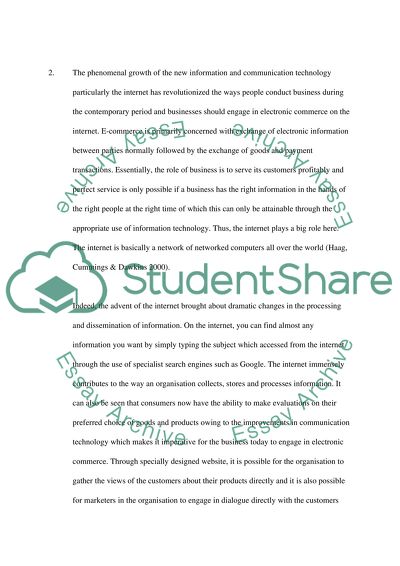Cite this document
(“Information System Research Paper Example | Topics and Well Written Essays - 1500 words”, n.d.)
Information System Research Paper Example | Topics and Well Written Essays - 1500 words. Retrieved from https://studentshare.org/miscellaneous/1574479-information-system
Information System Research Paper Example | Topics and Well Written Essays - 1500 words. Retrieved from https://studentshare.org/miscellaneous/1574479-information-system
(Information System Research Paper Example | Topics and Well Written Essays - 1500 Words)
Information System Research Paper Example | Topics and Well Written Essays - 1500 Words. https://studentshare.org/miscellaneous/1574479-information-system.
Information System Research Paper Example | Topics and Well Written Essays - 1500 Words. https://studentshare.org/miscellaneous/1574479-information-system.
“Information System Research Paper Example | Topics and Well Written Essays - 1500 Words”, n.d. https://studentshare.org/miscellaneous/1574479-information-system.


